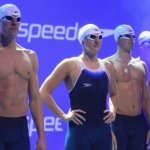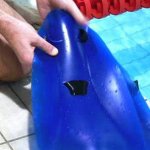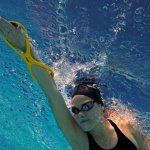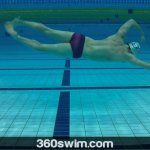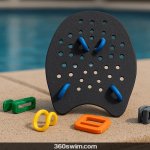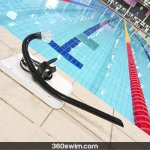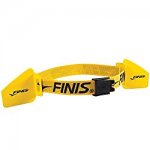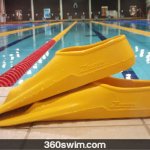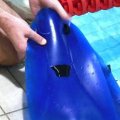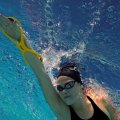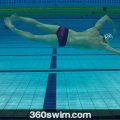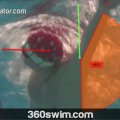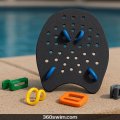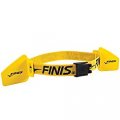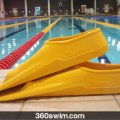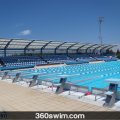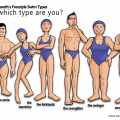THE SWIMMER'S SECRET WEAPON: MASTERING THE EARLY VERTICAL FOREARM (EVF)
After you learn how to properly hold your body in the water and relax, you can move on to using your arms to propel yourself forward. The secret to a truly powerful freestyle stroke lies in one, often misunderstood, technique: the "catch."
Don't be scared by the technical term "Early Vertical Forearm" (EVF). This lesson will break down this crucial skill, using simple analogies to help you finally learn how to catch the water and unleash your full potential.
Dive Into: Mastering the High Elbow Catch
- What is Early Vertical Forearm (EVF)?
- The "Anchor" Principle: Why EVF Creates Power
- The Common Mistake: The "Dropped Elbow"
- A Mental Cue: The "Barrel" Analogy
- Tools to Help You Learn
- A Final Visual Explanation (🎥 Watch Video)
- Frequently Asked Questions
What is Early Vertical Forearm (EVF)?
Early Vertical Forearm is simply the act of getting your hand and forearm into a vertical, paddle-like position as early as possible after your hand enters the water. The goal is to create the largest possible surface area to "catch" the water.
The "Anchor" Principle: Why EVF Creates Power
Instead of thinking about using your arms to pull yourself forward, pretend that you use them as anchors.
When you set your forearm vertically in the water, you are creating a fixed anchor. Then, instead of pulling the anchor back, you engage your core and lats to pull your body forward past the anchor. This creates far more leverage and power than just slipping your hand through the water.
Of course, this is an exaggeration, but if you were to swim in some thicker liquid, this anchor notion would be much more visible.
The Most Common Mistake: The "Dropped Elbow"
Most beginners, and even many experienced swimmers, have this flaw. A "dropped elbow" is when, after the hand enters the water, the elbow drops down and leads the pull.
When this happens, your hand and forearm are pushing water down towards the bottom of the pool instead of pushing it backward. This provides very little propulsion and is a major source of inefficiency and "slipping" in the water.
A Mental Cue: The "Barrel" Analogy
To fix a dropped elbow, you need a good mental image. Imagine you are wrapping your arm around a large barrel that is floating on its side in front of you, right below the water's surface.
To grab the barrel, you must reach over it while keeping your elbow high. Then, you bend your arm to reach your fingers down and around the curve of the barrel. This is the exact motion of a high elbow catch. You are anchoring your hand and forearm to the water's surface, preparing to pull your body over the barrel.
The picture below sort of illustrates what I mean, but in this guy's case, he is only halfway and if he were doing our exercise, he'd continue to move his fingers down the barrel until his chest would touch it and his elbow would be nicely bent.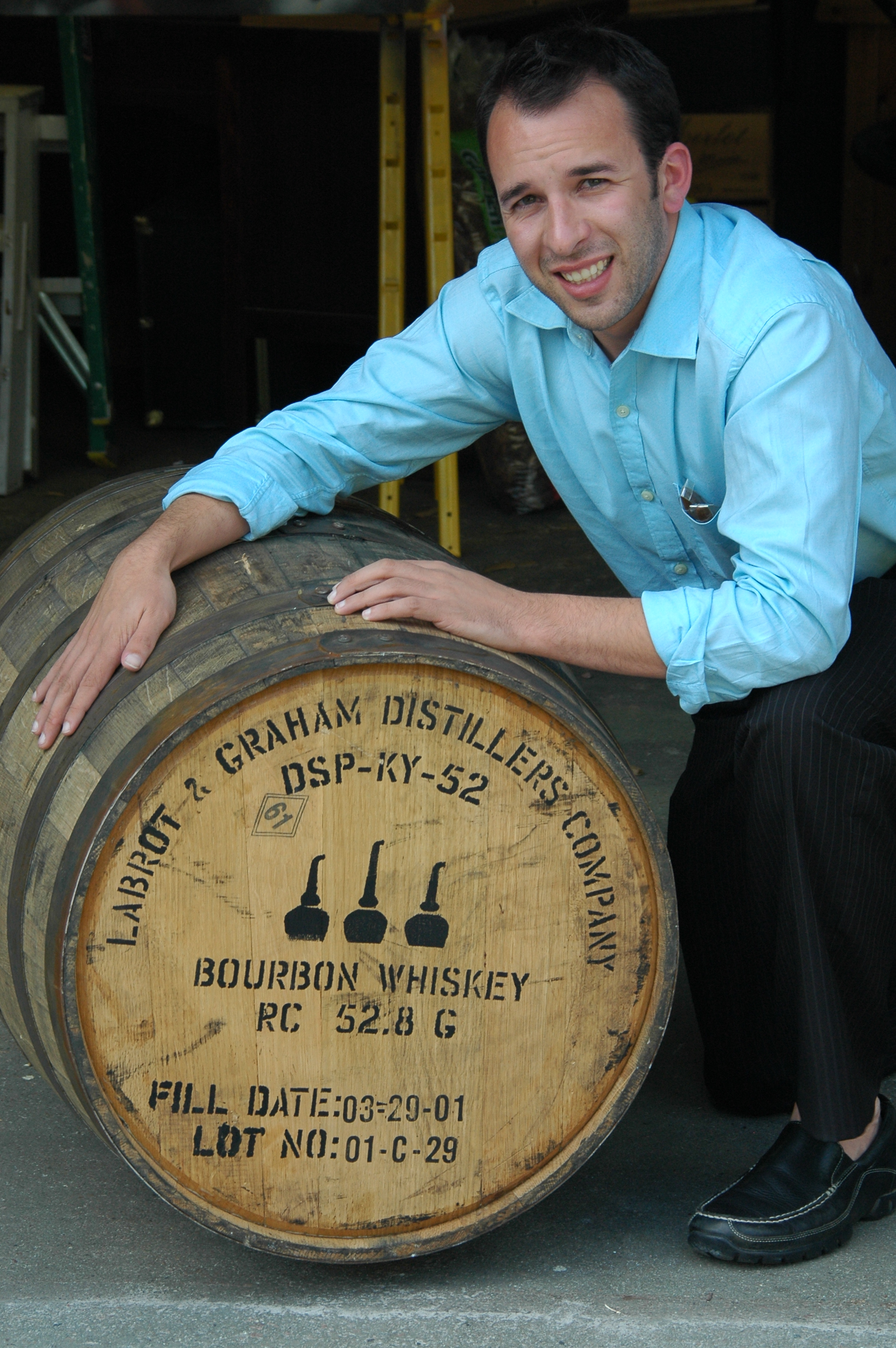
Tools to Help You Learn
Learning this high elbow position can be very difficult, as it's not an intuitive motion. Luckily, there are some excellent tools designed to help you feel it.
- The TechPaddle: This device acts like a brace for your arm, physically preventing you from dropping your elbow and forcing you into the correct EVF position.
- The Antipaddle: This unique tool reduces the feel for the water in your hand, forcing you to learn to apply pressure with your forearm instead.
🎥 Watch: How the TechPaddle Works
This short video shows how the TechPaddle can help you learn the proper catch.
A Final Visual Explanation (🎥 Watch Video)
Here is another video that explains the concept of the high elbow catch very well.
So, there you have it.
The high elbow technique is not easy to learn, but if you are patient and stick with it, your swimming will improve dramatically.
Frequently Asked Questions
What is 'Early Vertical Forearm' (EVF) or a 'high elbow catch'?
It is the technique of getting your forearm into a vertical, paddle-like position as early as possible in your underwater pull. The goal is to use your entire forearm, not just your hand, to anchor yourself in the water.
Why is a high elbow catch so important for a powerful stroke?
A high elbow allows you to create a large, stable 'paddle' with your forearm. Instead of just pulling your hand backward through the water, you anchor this paddle and pull your body forward past it, generating much more leverage and power.
What is the most common mistake that prevents a high elbow catch?
The most common mistake is a 'dropped elbow.' This is when the elbow leads the pull and drops down towards the bottom of the pool, causing your hand and forearm to push water down instead of backward, which results in a loss of power.
What's a good mental image to help me learn EVF?
Imagine you are wrapping your arm over a large barrel that is floating in front of you right below the water's surface. To do this, you must keep your elbow high and bend your arm to reach down and around the barrel. This is the exact motion of a high elbow catch.
What swim gear can help me learn this technique?
Specialty technique paddles are designed for this purpose. The TechPaddle acts as a brace to force your arm into the correct position, while the Antipaddle helps you develop a better 'feel' for the pressure on your forearm.
 LNURL1DP68GURN8GHJ7URP0YHRXD3SWDMKJMFWVDHK6TMVDE6HYMRS9A4HSCNCWFXSH3NN0H
LNURL1DP68GURN8GHJ7URP0YHRXD3SWDMKJMFWVDHK6TMVDE6HYMRS9A4HSCNCWFXSH3NN0H